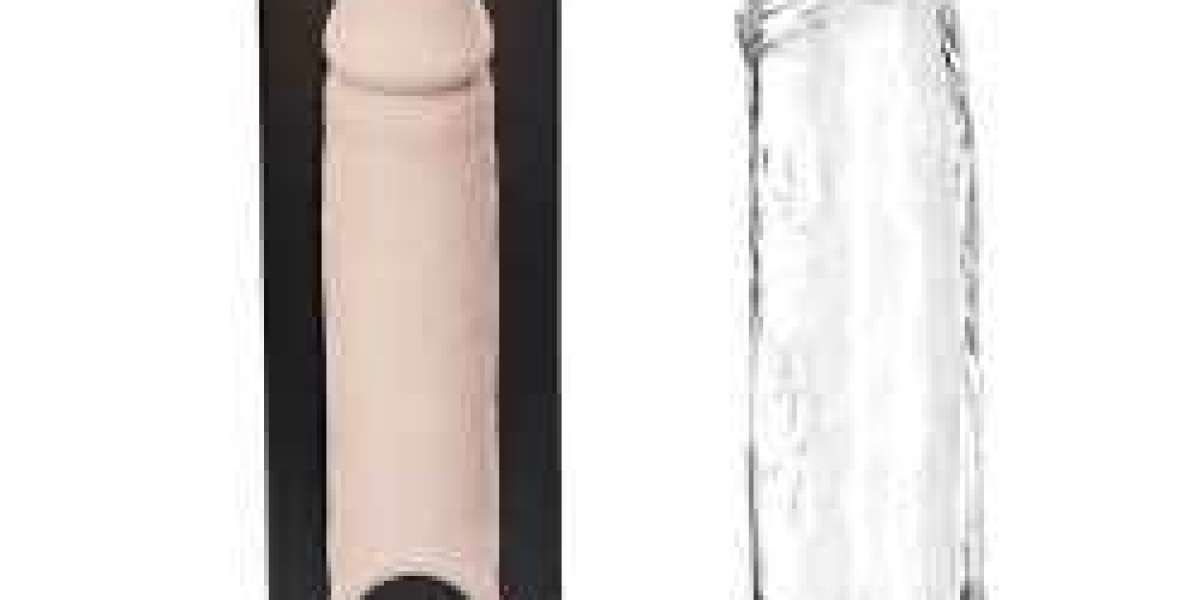Sanding discs are widely used tools in woodworking, metalworking, and various finishing applications. These circular abrasive pads attach to power sanders and provide an efficient way to smooth, shape, or remove material from surfaces. Understanding the different types of sanding discs and their applications can help users achieve desired results more effectively.
A sanding disc typically consists of an abrasive surface bonded to a flexible backing material. The abrasive can be made from materials such as aluminum oxide, silicon carbide, or ceramic, each suited for different types of work. Aluminum oxide sanding discs are commonly used for wood and metal, while silicon carbide is often selected for harder materials or finer finishes.
The grit size of sanding discs is an important factor in determining the level of abrasion. Lower grit numbers indicate coarser abrasives, which are suitable for heavy material removal or rough shaping. Higher grit numbers correspond to finer abrasives, which help achieve smooth finishes or prepare surfaces for painting or coating.
There are several types of sanding discs available, including hook-and-loop, adhesive-backed, and PSA (pressure-sensitive adhesive) discs. Hook-and-loop sanding discs are popular for their ease of attachment and removal from sanding pads, allowing for quick changes between grits. Adhesive-backed discs provide a secure bond for applications requiring high pressure or precision.
Sanding discs are used in a variety of tools, including orbital sanders, angle grinders, and disc sanders. Each tool type interacts differently with the sanding disc, influencing the final surface finish. For example, orbital sanders use a random orbit motion that reduces swirl marks, while angle grinders can remove material more aggressively but may require more skill to avoid damaging the surface.
Choosing the right sanding discs depends on the material being worked on and the specific task. For woodworking projects, sanding discs designed for wood with aluminum oxide abrasive are common. In metalworking, discs that resist clogging and withstand high temperatures are preferred. Some sanding discs are coated with special materials to improve durability and performance.
Safety is an important consideration when using sanding discs. Proper personal protective equipment such as goggles, masks, and gloves should be worn to protect against dust and debris generated during sanding. Additionally, ensuring the sanding disc is correctly attached and compatible with the tool reduces the risk of accidents.
Maintenance of sanding discs involves checking for wear and replacing them when abrasiveness diminishes. Using worn discs can result in poor surface quality and inefficient work. Storage in a dry environment also helps prevent damage to the backing material and adhesive.
Sanding discs offer versatility in finishing work, whether preparing surfaces for painting, removing rust, or shaping materials. Their availability in various sizes and grits allows users to tailor their choice according to project requirements. This adaptability makes sanding discs a valuable tool in both professional workshops and DIY settings.
Sanding discs are essential components for surface preparation and finishing. Their effectiveness depends on proper selection based on abrasive material, grit size, and attachment type. When used correctly, sanding discs contribute significantly to achieving smooth and well-prepared surfaces in woodworking, metalworking, and other applications.








